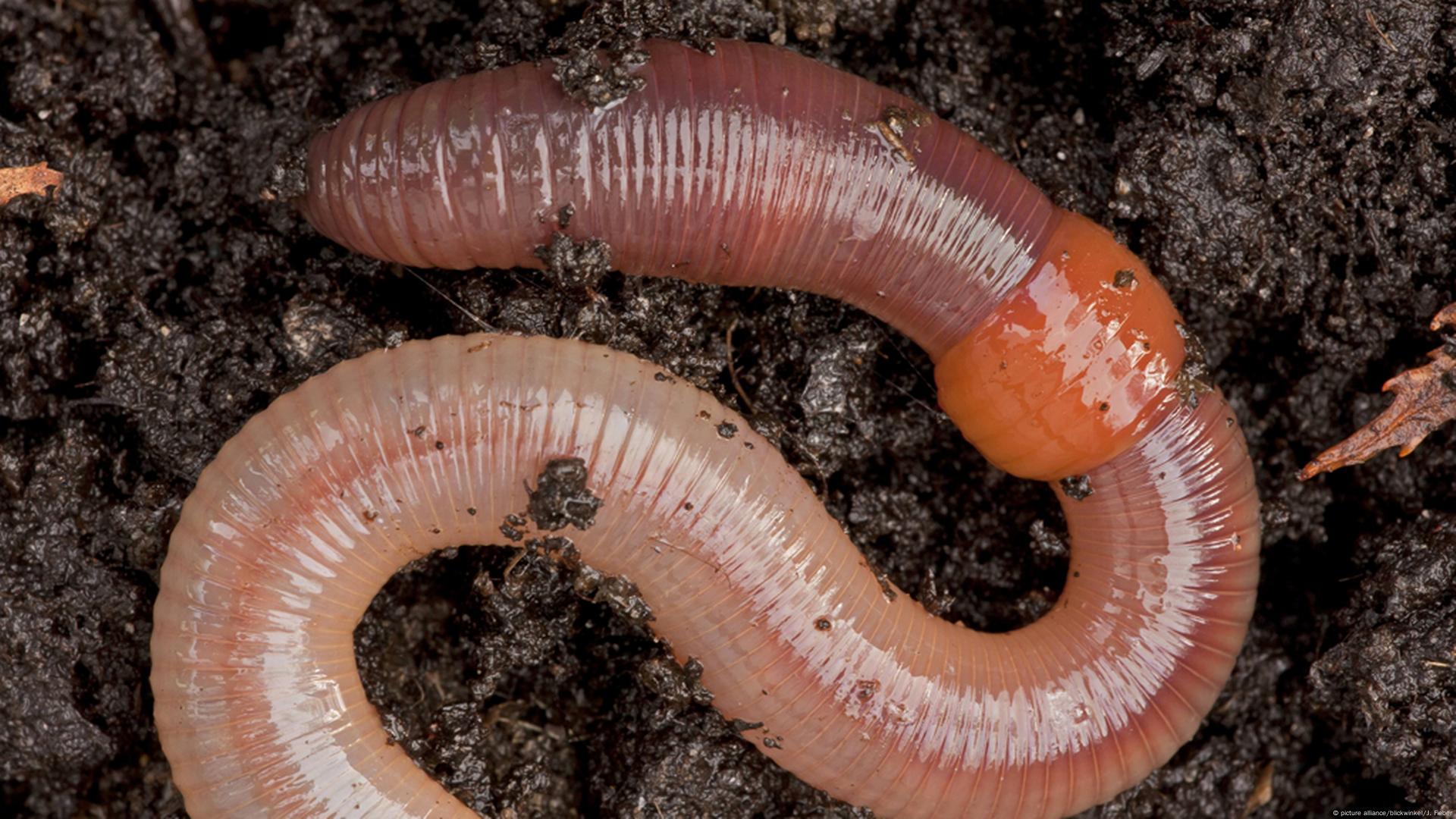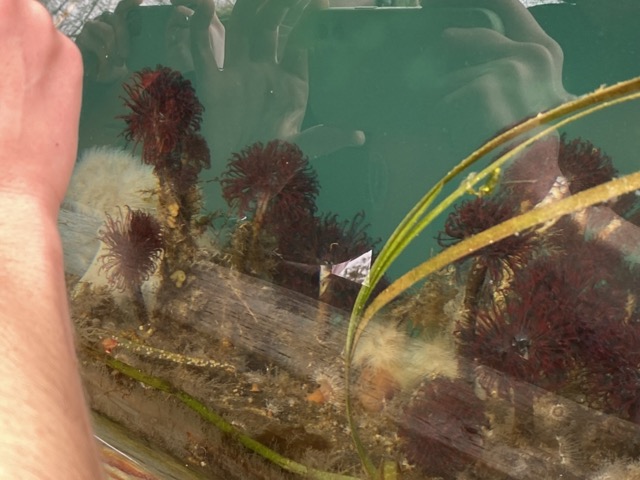If I told you to picture a worm, what would come to mind? Would it be a little pink thing, wiggling around in the dirt, like this?
As a self-proclaimed worm enthusiast I love to take every opportunity to teach everyone I can that worms are more than just the yucky, slimey, earth-dwelling creatures that they’re commonly thought to be.

There is a crazy amount of diversity in types of animal that we call a ‘worm’. In fact, there are 9 different phyla (major classification group) of animals made up entirely of worms! I had the honour of meeting and befriending some of these little guys on our class trip to Bamfield Marine Science Centre, and I’d love to tell you all about them!
Some of the more closely related worms to our earthworm friends are bristle worms. Yes, some worms do have legs! Perhaps not in the same way you or I have legs, but they do have protrusions from their bodies that they use for locomotion.




This here is a Bloodworm that I found swimming in the water near the dock at night. You can see how it’s body is segmented in a similar way to the earthworm in the picture above. However this segmentation is less visible in a different type of bristle worm, called tube worms!
Though they look like something out of a Dr. Seuss story, these are actually also bristle worms! That frilly bit surrounds their head and is used to collect tiny particles of food from the water while they ‘hide’ their bodies in tubes that they build around themselves.

Another worm I encountered was a flatworm! These beautiful creatures were likely the first type of worm to evolve. They get their name from their flattened body shape, and are perhaps best known for their, say, unusual choice of extracurricular activities.
One of the types of worms I encountered the most at Bamfield was one of my favourites, ribbon worms! They are thin, stretchy, and can be super long! My favourite thing about them, however, has got to be their proboscis apparatus. Ribbon worms can be fierce predators, and this proboscis is a sticky projection that they can shoot out from their head that helps them catch prey, sometimes with the aid of mucus, toxins or spikes.

Tubulanus polymorphus

Tubulanus sexlineatus

showing off it’s proboscis
And with that I wrap up my summary of the worms I met at Bamfield. I hope I was successful in sparking a new interest or appreciation for these special little creatures that I love so much. However, this is only scratching the worm surface, and if I wanted to talk about all of them I would be here all day. So instead, I’ll provide some videos with more information that you can watch if you want to learn more!
You may have noticed that each time I introduced a new type of worm in this article, that name is a hyperlink to a youtube video about these worms. But here are videos for some worms I didn’t get to mention: velvet worms, round worms, and acorn worms, plus some general worm videos here and here! Happy worming!
I was able to identify these worms to species with the help of Marine Life of the Pacific Northwest: A Photographic Encyclopedia of Invertebrates, Seaweeds and Selected Fishes by Andy Lamb and Bernand P. Hanby (Harbour Publishing, 2005). It’s a fantastic resource if anyone wants to learn more about the creatures that inhabit the ocean we share!


